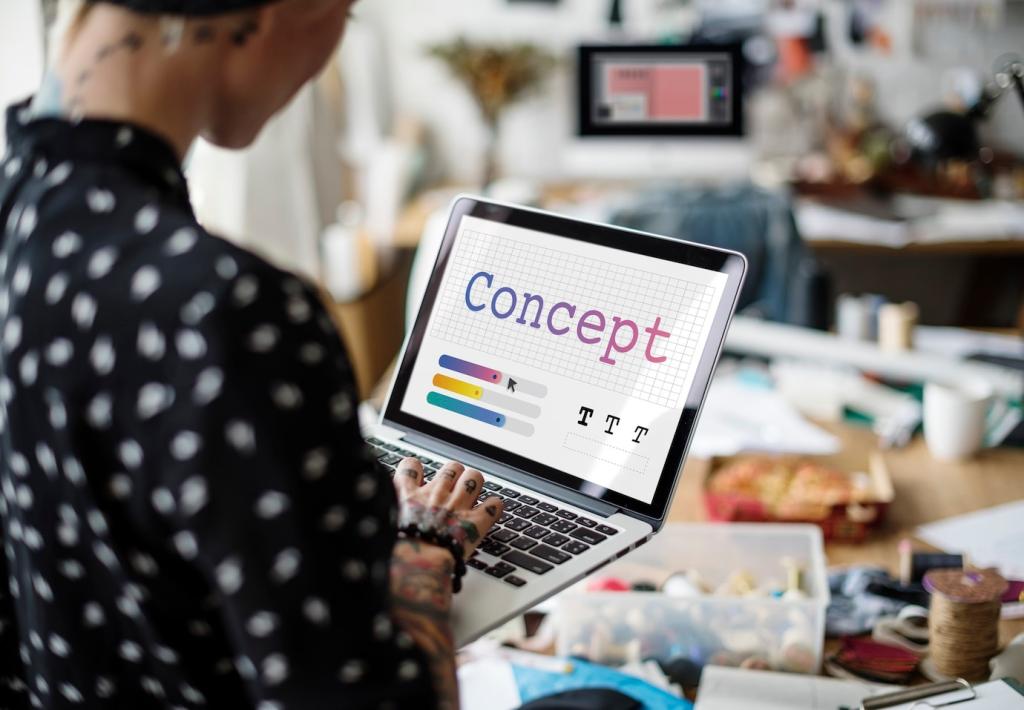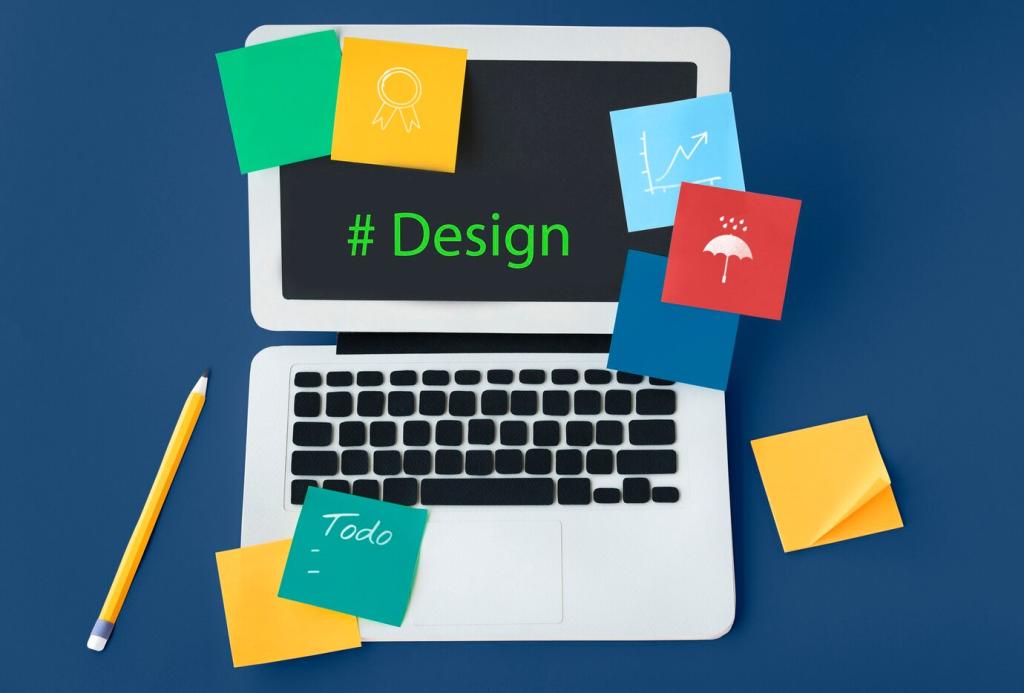Copywriting Strategies for Interior Designers: Turn Aesthetic Vision into Booked Projects
Chosen theme: Copywriting Strategies for Interior Designers. Welcome to a home page designed to help you translate your visual taste into persuasive words—so dream clients feel seen, guided, and ready to inquire. Explore frameworks, real-world stories, and practical prompts you can apply today.

Define Your Design Voice and Positioning
Choose a Distinct Niche and Promise
Whether you focus on family-friendly minimalism or bold boutique hospitality, name it clearly. A niche narrows your message so readers instantly recognize themselves. Comment with your niche and the one transformation you want clients to remember after visiting your site.
Create a Tone Palette
List three tone adjectives—calm, grounded, playful—and write two sample sentences for each. This keeps bios, captions, and proposals consistently on-brand. Save your tone palette in a shared document and invite your team to add phrases that feel authentically you.
Write a One-Line Value Statement
Use a simple formula: I help [ideal client] achieve [desired outcome] through [signature approach]. For example, “We create serene, storage-smart homes for busy families using a collaborative, timeline-safe process.” Share yours with us for feedback, and subscribe for weekly punchy examples.



Portfolio Stories That Sell
Open with the challenge, detail your design decision, and close with measurable outcomes. For example: “Removed a wall, gained twelve feet of continuous storage, reduced morning clutter by half.” Try this three-sentence arc on one project today and share your favorite line with us.

Homepage and Services Copy That Guides
Hero promise, three proof points, selected projects, services snapshot, process overview, and a friendly call to action. Keep every section outcome-led. Map your scroll path on paper first, then audit for repeated claims. Share your map in the comments to get supportive feedback.

Homepage and Services Copy That Guides
Replace jargon with relief: “Space plan that ends furniture guesswork.” Outline scope, timeline touchpoints, and deliverables in plain language. End each section with a micro-CTA like “See how we handled a tight deadline.” Audit one service page today and note where readers might hesitate.



Email Sequences That Turn Browsers into Bookings
01
A Three-Email Welcome That Feels Human
Email one: your studio story and philosophy. Email two: a short case study with numbers and a lesson learned. Email three: a clear invitation to a fit call. Ask new subscribers to reply with their biggest room frustration to spark genuine conversation.
02
Nurture Through Practical Case Studies
Share one project per month, spotlighting constraints, decisions, and results. Include budget transparency where possible to reduce anxiety. End with a resource link—paint schedules, storage strategies—and invite readers to hit reply if they want a personalized checklist.
03
Book the Consultation with Micro-Commitments
Offer a calendar link plus a two-question pre-brief: space type and primary challenge. Provide risk reversal like “no-pressure discovery.” Test subject lines such as “Three ways to calm your entryway this week.” Share your best-performing subject line and we’ll feature it in a future roundup.
Caption Hooks and Carousel Storytelling
Open with a tension line: “Three storage mistakes making your mornings harder.” Follow with a step-by-step carousel and a gentle invitation to save. Rotate educational, inspirational, and behind-the-scenes posts. Tag local vendors and ask followers to comment their trickiest corner.
Proposal Clarity that Reduces Hesitation
Use plain-language section headers—Scope, Milestones, Decisions We’ll Handle, What We’ll Need. Add a mini glossary for terms like elevation and punch list. Close with a friendly recap of next steps. Adapt our structure and share one section you improved this week.
